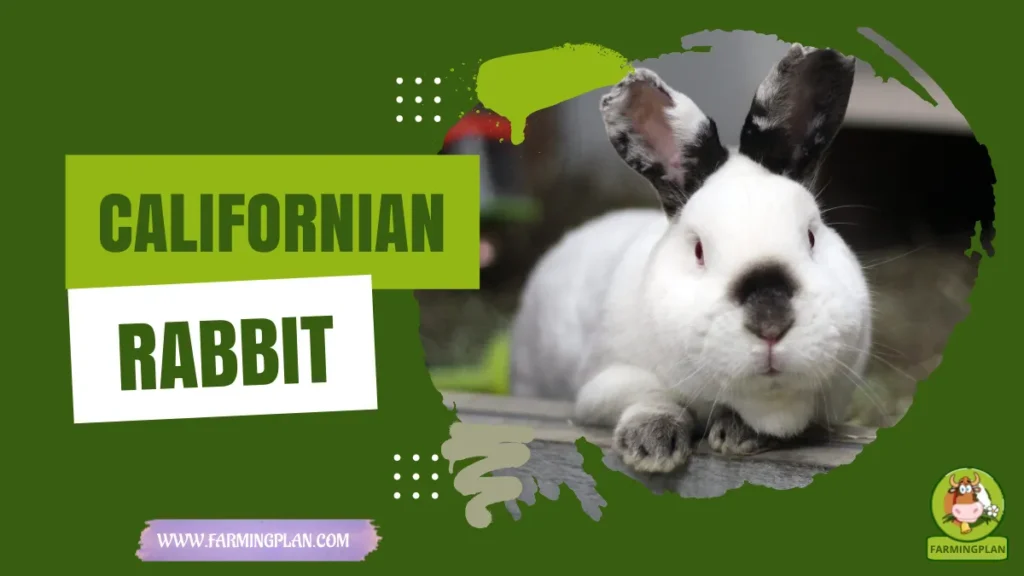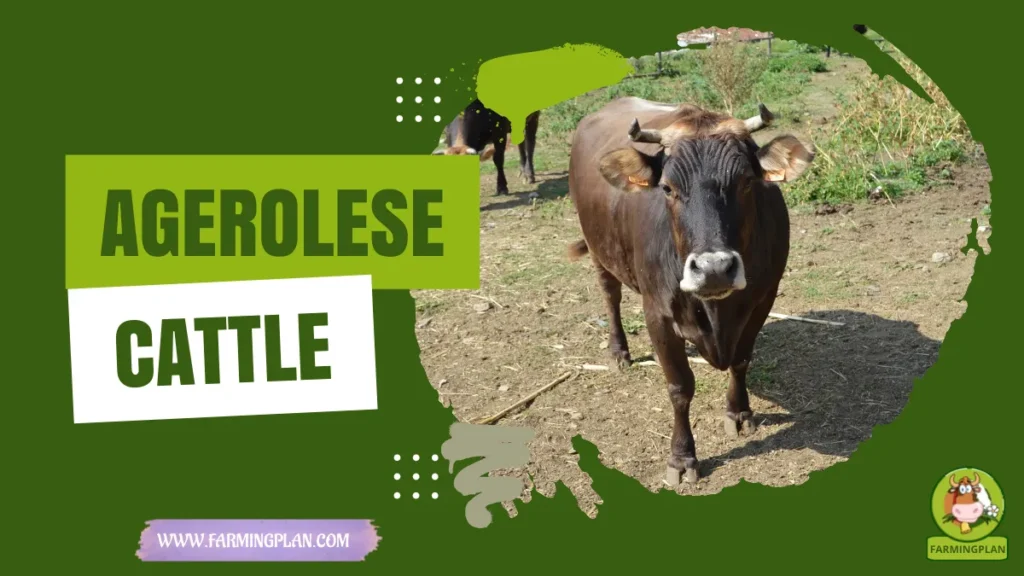When I first started raising meat rabbits, the Californian Rabbit stood out like a beacon. With their striking white coats, dark points, and calm temperaments, these rabbits aren’t just eye candy – they’re efficient, hardy, and great for beginners. Whether you’re a hobbyist, breeder, or small-scale farmer, Californian Rabbits offer a perfect balance of meat quality, show potential, and companionship. Their efficiency and versatility make them an ideal choice for any rabbit enthusiast. In this guide, I’ll walk you through their origin, traits, care needs, and everything else you need to know about this lovable breed.

History & Origin Of The Californian Rabbit
The story of the Californian Rabbit is a rich tapestry that starts in the 1920s in Southern California, where George West was on a mission. He wanted a rabbit that could rival the meat yield of the New Zealand White but offer a richer fur. By crossing Standard Chinchilla rabbits, Himalayan rabbits, and New Zealand Whites, he created the Californian.
This breed quickly gained traction among farmers and furriers. It was officially recognized by the American Rabbit Breeders Association (ARBA) in 1939 and by the British Rabbit Council not long after. To this day, the Californian remains one of the top choices in the rabbit breeding stock world, particularly for meat pens, thanks to its rapid growth and feed efficiency.
Read More: Alaska Rabbit: The Cutest Bunny You’ll Meet!
Characteristics & Appearance Traits Of The Californian Rabbit
When someone asks me how to recognize a Californian, I say: think “frosty white with chocolate-dipped accents.” These rabbits boast dense white fur, with dark coloration on their nose, ears, feet, and tail – known as “points,” much like a Himalayan cat.
Their body type is commercial, muscular, and blocky – perfect for meat production. They weigh around 8.5 to 10.5 pounds, with bucks being slightly smaller. You might hear terms like Californian White Rabbit, California Rex Rabbit, or even Californian Giant Rabbit, but the standard remains: medium-to-large build, short neck, bold eyes, and fur that practically grooms itself. Their coat is flyback, which means it snaps back quickly when brushed against the grain. That makes them easy to keep clean and groomed – a real bonus!
Read More: Argente Clair Rabbit: Complete Farming Guide
Temperament & Nature Of The Californian Rabbit
One of my favorite things about Californian bunnies is their temperament. They’re calm, docile, and tolerate handling well. This makes them excellent choices for first-time pet owners and kids who want to learn about animal care.
They’re social, but not needy. They like company but won’t beg for attention 24/7. In group settings, like my breeding hutches or rabbit shows, they tend to keep their cool. They’re not overly aggressive, but bucks might show dominance during the mating season, which is perfectly normal. If you’re planning to buy Californian rabbits for both meat and companionship, you’re in for a treat. They’re just the right mix of productivity and personality.
Read More: Argente Blue Rabbit: Secret Successful Farm
Food & Diet For Your Californian
Feeding a Californian Rabbit is pretty straightforward, but quality counts. I feed mine a balanced commercial rabbit pellet that includes about 16% protein – perfect for growth and meat production.
I also supplement with fresh timothy hay, especially for the young ones. Hay keeps their digestion smooth and their teeth in check. A handful of fresh greens like parsley, romaine lettuce, and dandelion leaves makes a nice treat, too. Avoid iceberg lettuce (it can cause diarrhea) and anything high in sugar or starch like carrots and fruits – only offer those sparingly. And always keep clean water available. I prefer drip waterers to bowls, just to avoid mess and bacteria.
Usage & Purpose
The Californian Rabbit is a true jack-of-all-trades. Its primary use is in the meat rabbit industry, where it shines for fast weight gain, feed conversion, and tender meat.
But that’s not all. I show mine at ARBA-sanctioned events, where their pristine fur and uniform bodies score big points. They’re also used in breeding programs to improve hybrid vigor, especially in rabbit meat pens. Don’t overlook their value as pets either. Their calm nature makes them ideal for people with small backyards who want a quiet, manageable companion.
Unique Traits That Set Them Apart
What makes the Californian truly stand out? First off, that distinct color pattern – the white body with dark points is eye-catching and easily recognized.
Secondly, they have a remarkable feed-to-meat ratio. For meat breeders like me, that means more profit and less waste. They also grow fast, reaching processing weight in as little as 10 weeks. Another plus? Their resilient immune systems. They’re hardy against common diseases when raised in clean environments and can handle both indoor and outdoor setups with ease.
Raise Rabbits With Heart, Not Just Hands – The Californian Rabbit Returns More Than You Invest.
Common Issues & Prevention
While Californian Rabbits are sturdy, they’re not invincible. The most common health problems include snuffles (a bacterial respiratory issue), ear mites, and GI stasis.
I check my rabbits weekly for any signs of nasal discharge, crusty ears, or lack of droppings. Prevention is key – I clean their cages every few days, provide clean water daily, and use herbal supplements to boost their immunity. Keep an eye out for overgrown teeth, and always make sure they have access to hay. Regular vet checks help, especially for breeding stock. If you see signs of lethargy, sudden weight loss, or labored breathing, isolate and treat immediately.
Step-By-Step Farming & Pet Owner Guide For Californians
Raising Californian Rabbits can be a fulfilling journey. Whether you’re after meat production, show animals, or lovable pets, here’s my personal step-by-step system for success.
Step 1: Choose The Right Stock
Start by sourcing from a reliable breeder or rabbitry. Look for strong body type, clean eyes, and good temperament. I usually go for Californian Rabbit Trios (2 does + 1 buck) to start a balanced breeding program. Check ARBA or local rabbit breeders directories for trustworthy contacts.
Step 2: Build A Safe & Comfortable Hutch
Your hutch should protect them from wind, rain, and predators. I use a raised wire cage system with solid shelter covers. Keep it ventilated but not drafty. A standard 30×36-inch cage is good for one adult rabbit. Add resting mats to prevent sore hocks.
Step 3: Feed Right And Feed Regularly
Stick to a feeding schedule – twice a day works well. I use a gravity feeder for pellets and hay racks for roughage. Keep fresh water in a drip bottle or automatic system. Don’t forget occasional healthy treats to keep them happy!
Step 4: Monitor Breeding & Kits
Does reach sexual maturity at around 5-6 months. Once bred, they kindle in 28-31 days. I place a nesting box in the hutch around Day 25. After birth, check the kits daily for warmth and nursing. They’re usually weaned by 6 weeks.
Step 5: Keep Everything Clean
I spot-clean droppings daily and do a full cage clean every week. This helps reduce disease and keeps flies away. Use apple cider vinegar in water (a tablespoon per gallon) to boost immune health.
Step 6: Handle With Care
Start handling them early so they get used to people. Always support the back and bottom when picking up. Kids love them, but supervision is key.
Expert Tips & Best Practices From My Rabbitry
- Start Small, Grow Smart: Begin with a trio and scale as you learn.
- Track Everything: Use a notebook or app to track breeding, growth, and health.
- Rotate Breeders: Retire older does every 2-3 years for best litter results.
- Keep A Cool Environment: Rabbits overheat easily; provide shade and frozen water bottles in summer.
- Join Local Shows: It builds community and helps you learn from experienced breeders.
FAQ
Are Californian Rabbits good pets?
Yes, they’re calm, friendly, and easy to handle – great for families and beginners.
How big do Californian Rabbits get?
They typically weigh 8.5 to 10.5 pounds when fully grown.
What are Californian Rabbits used for?
Mainly for meat production and show, but they also make wonderful pets.
What do Californian Rabbits eat?
A mix of high-protein pellets, timothy hay, fresh greens, and clean water.
Where can I find Californian Rabbits for sale?
Check local breeders, ARBA listings, rabbit shows, or online classifieds.
Conclusion
Raising Californian Rabbits has been one of the best decisions I’ve made on my farm. They’re reliable, gentle, and productive animals that fit right into almost any setup – whether you’re raising for meat, show, or just a friendly backyard bunny. Their beautiful coloring, fast growth, and calm nature make them stand out from the crowd. If you’re ready to dive into rabbitry or expand your herd, the Californian won’t let you down. Got questions or tips to share? Leave a comment below, share this guide with your fellow breeders, and let’s keep building better bunny communities together!

